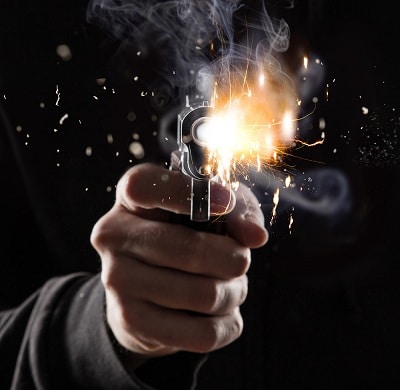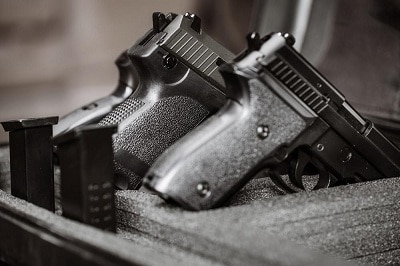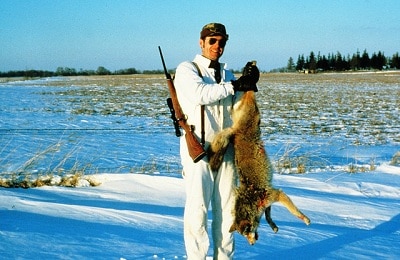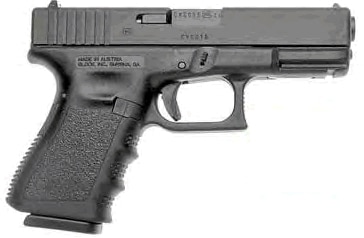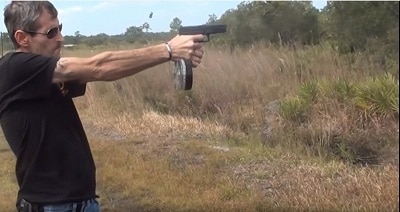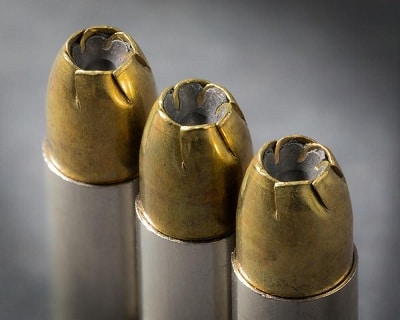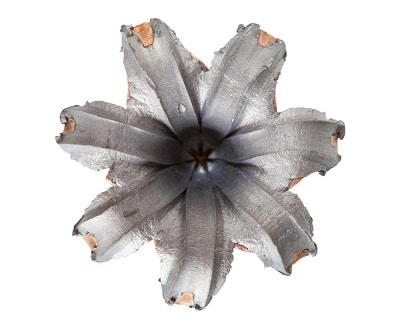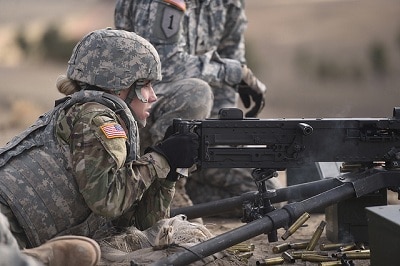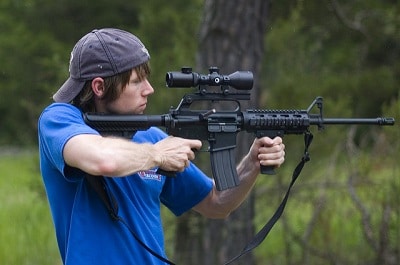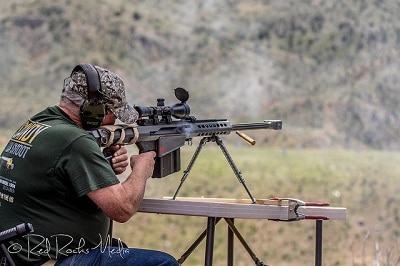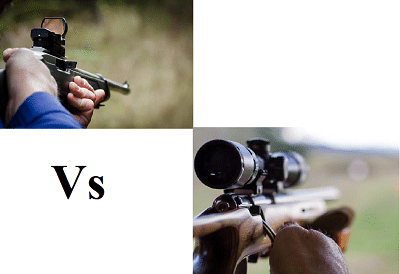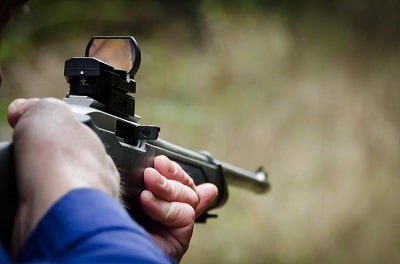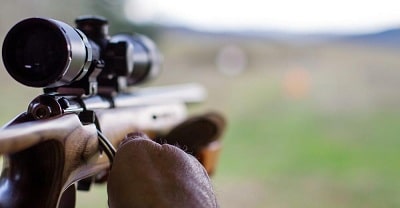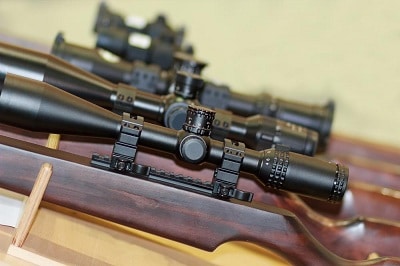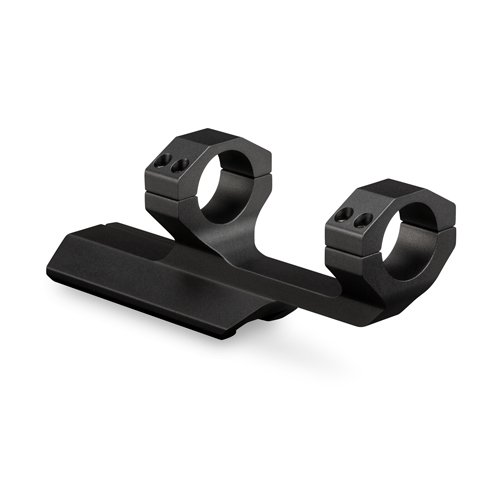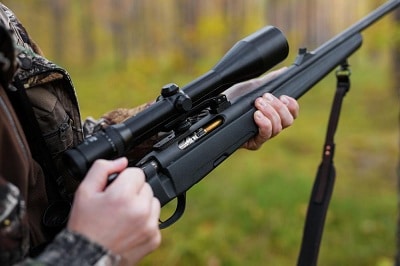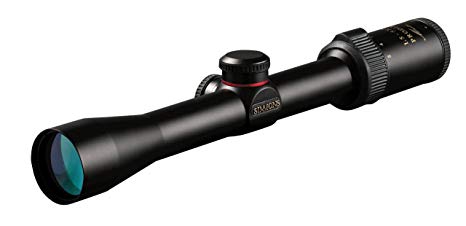Modern bullets are able to travel hundreds of yards farther than the projectiles of early weapons. While modern technologies have played heavily into that, there are still quite a few basic concepts that also greatly impact factors that affect a weapon's range.
To start, we must first consider the true definition of a weapon’s range.
The range of a weapon is more than just how far the bullet is able to go.
We should consider the effective range of the weapon, or how far a bullet can go while remaining accurate.
At its core, the purpose of a weapon is to shoot a projectile accurately. Increasing the range of a weapon inaccurately would be useless.
The three factors that affect the effective range of a weapon the most are the weapon used, the ammunition, and the environment.
1. The Weapon
The actual weapon used has a significant impact on the range that the bullet is able to travel.
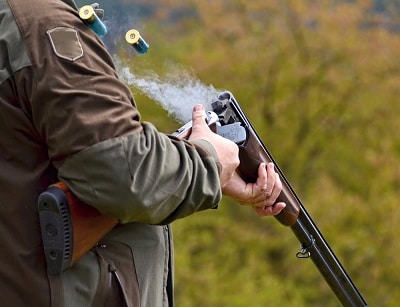
weapon used has a significant impact on the range
The specific weapon affects the muzzle velocity and the accuracy of the bullet.
Muzzle velocity can be defined as the speed at which the bullet leaves the barrel.
A higher muzzle velocity increases the effective range of the weapon, as the bullet is able to travel farther.
Based on the definition of effective range, the ability to shoot more accurately also increases the effective range of the weapon.
The first part of the weapon that affects its effective range is the length of the barrel. Generally speaking, a longer barrel will allow for a higher muzzle velocity and a more accurate shot. While there are some exceptions to every rule, most of the time, a longer barrel will increase the effective range of the weapon.
The effective range is also increased by the rifling in modern barrels. Most modern weapons have rifled barrels, which impart spin on the bullet. The spinning bullet is able to travel downrange more accurately, which increases the effective range of the weapon.
Best gun safe for the money will help you storage your weapon. That post will help you find the best.
2. The Ammunition
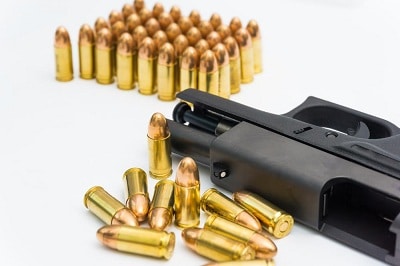
Full metal jacket ammo
The specific ammunition used also has a big impact on the effective range of the weapon.
Different grades of ammunition will have different amounts of propellant.
Commonly referred to as gunpowder, the propellant is the part of the cartridge that actually burns and propels the bullet downrange.
Ammunition with more propellant will have a higher muzzle velocity. As previously stated, a higher muzzle velocity will increase the effective range of the weapon.
Another way that the ammunition affects the effective range of the weapon is the actual shape of the bullet. Modern bullets are more aerodynamic, which allows them to travel further.
3. The Environment
One commonly forgotten factor that affects the effective range of the weapon is the environment in which it’s shot. Some of the environmental factors to consider are altitude, temperature, humidity, and wind.
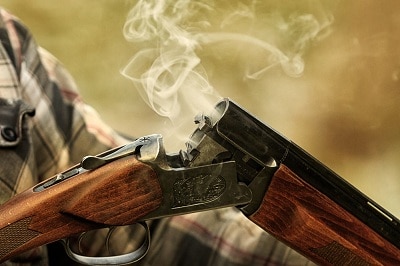
Enviroment is one of factor impact weapon range
Most environmental factors can be narrowed down to one more specific factor: resistance. More air resistance will slow down a bullet and decrease its effective range.
At higher altitudes, the air is thinner.
Thinner air means that the bullet will encounter less air resistance, which will increase the effective range of the weapon.
Conversely, at lower altitudes the air is denser. The denser air will create more air resistance, which decreases the effective range of the weapon.
Similar to altitude, temperature and humidity also affect air resistance.
Colder air is denser than warmer air. In cold temperatures, the bullet will experience more air resistance, so the effective range will decrease. Cold air also reduces muzzle velocity, because the chamber pressure of the firearm will be lower. Humidity has a similar effect. More humid air is denser, which decreases the effective range of the weapon.
Wind can blow the bullet in either direction. This creates more air resistance, but also decreases the accuracy of the weapon at longer range. If the bullet is blown in one direction by the wind, you are less likely to hit your target. That decreases the effective range of your weapon.
Conclution
All in all, there are hundreds of factors that can affect the effective range of a weapon.
Modern weapon technology, such as higher velocity rounds and rifled barrels, have increased the effective range of weapons significantly.
However, environmental factors can go a long way in changing the effective range of your firearm, and they are often not thought of. The biggest factors to keep in mind when considering the effective range of a weapon are the muzzle velocity, the accuracy, and the environment.
What are your thoughts? Leave them in the comments section!
